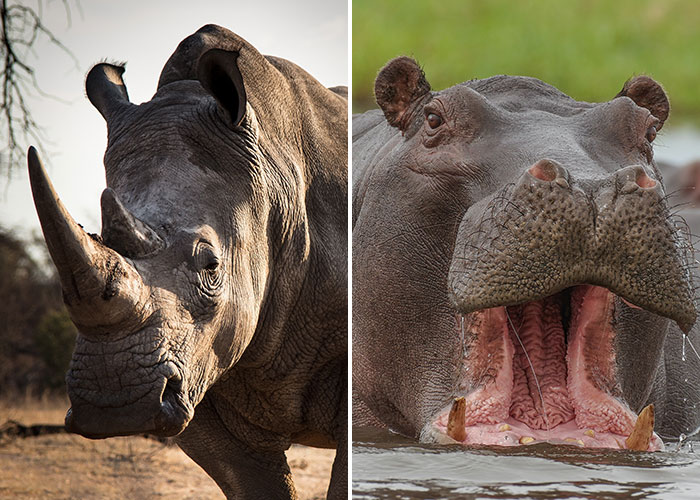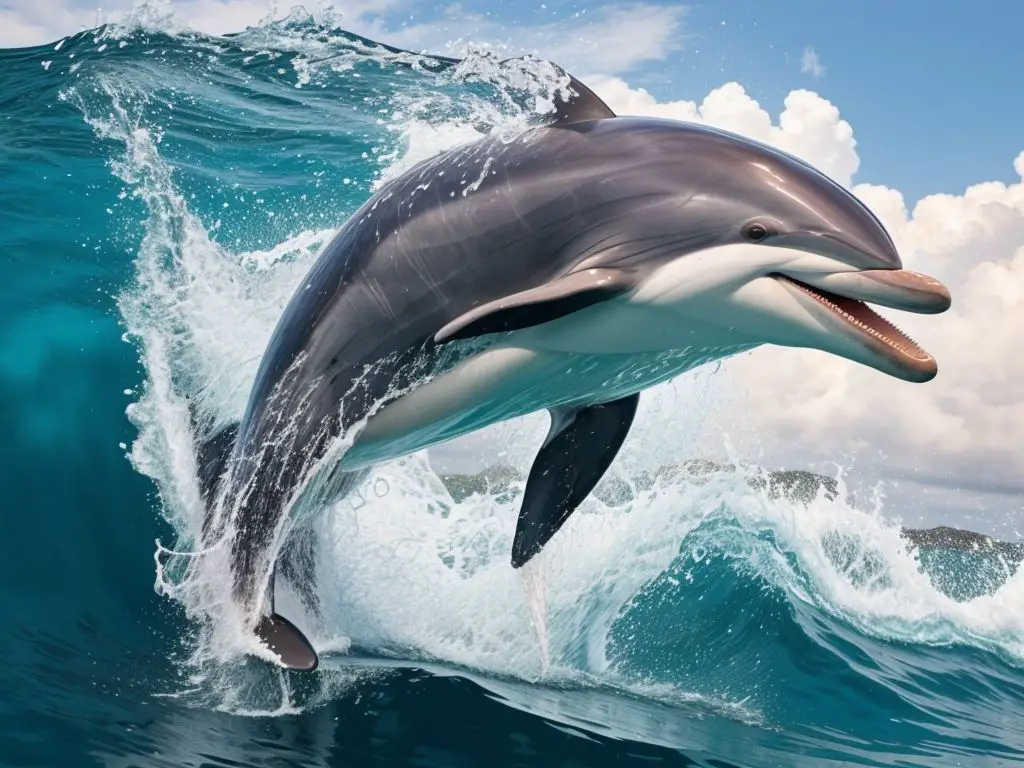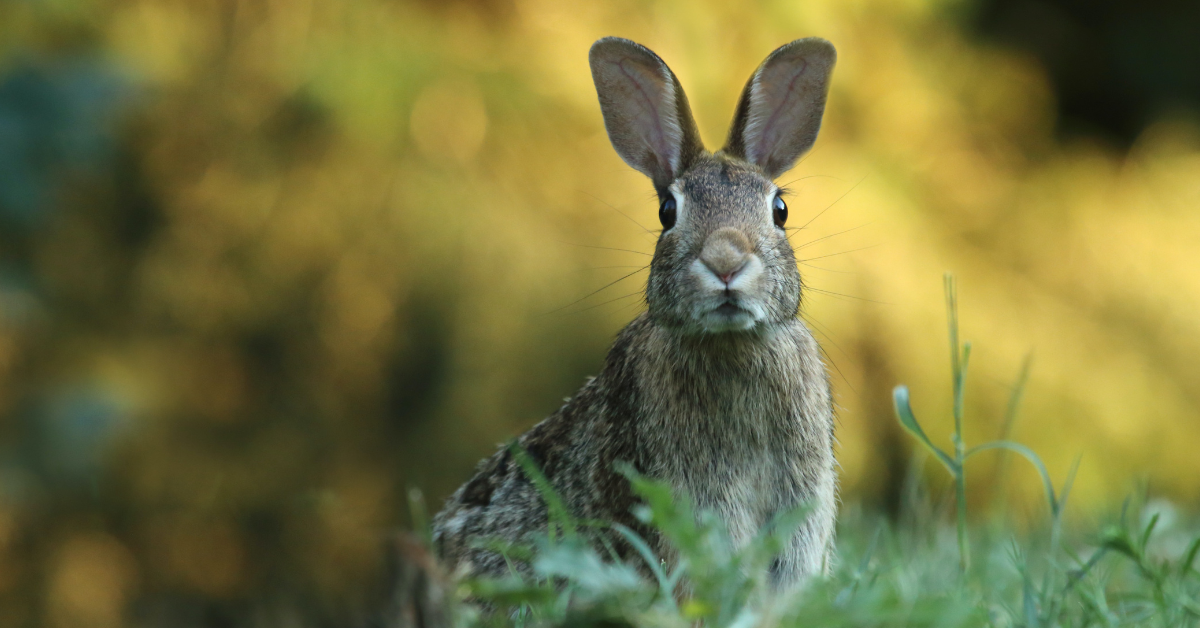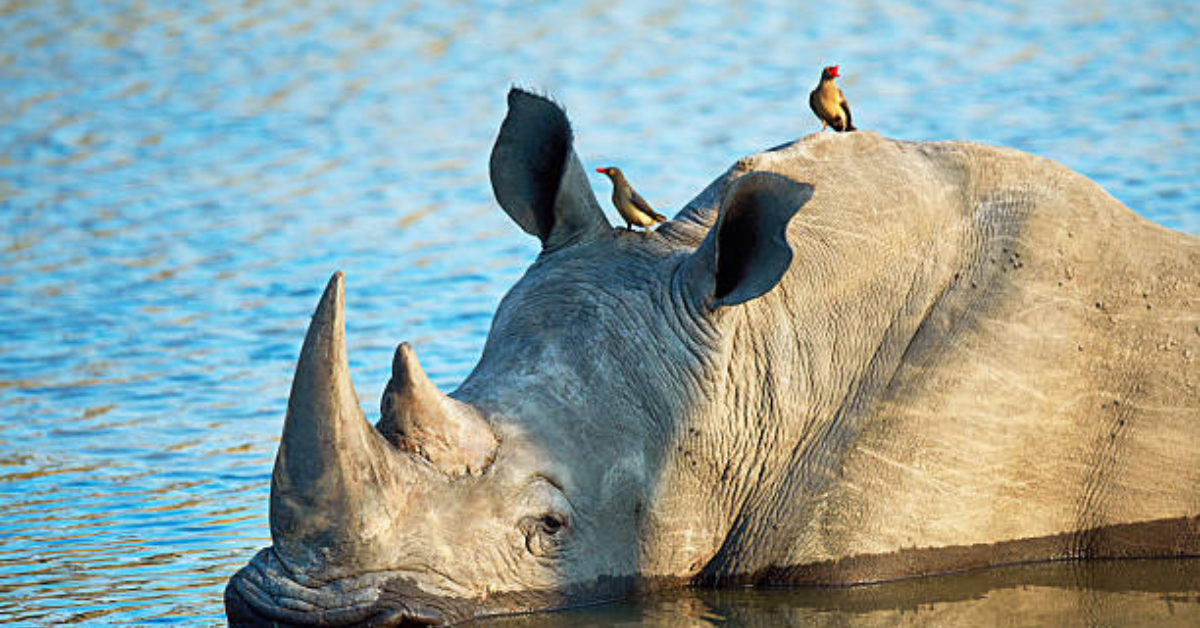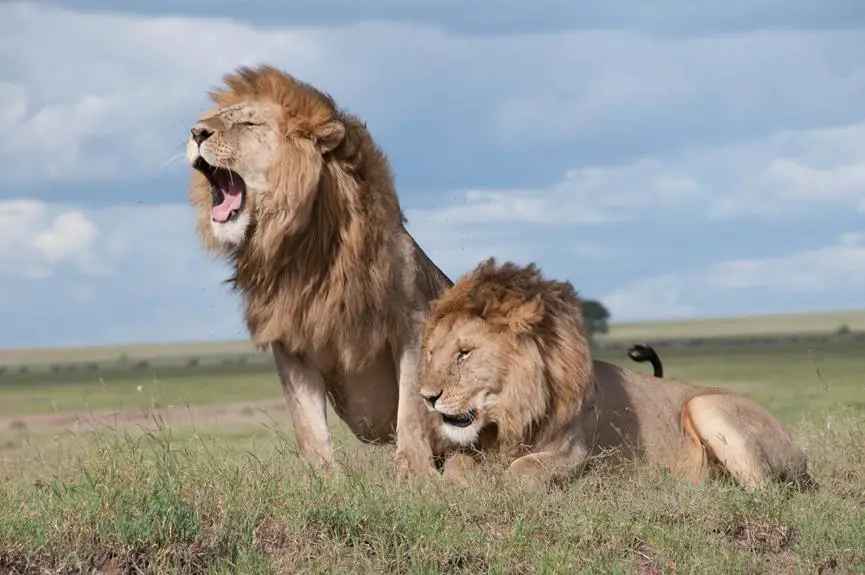
Have you ever wondered why lions roar? In this article, we’ll delve into the fascinating reasons behind this majestic creature’s powerful vocalization. Lions roar for a variety of purposes, including protection and territorial defense, communication and warning, dominance and hierarchy, and locating and reuniting with pride members. Their roar serves as a multifunctional form of communication, ensuring the safety and cohesion of the pride.


